Just as strong as its brilliant predecessor

The E24 model was the absolute top of the BMW range in the late 1970s and 1980s. As in the review of the E30 was cited the 80s were a decade of excess. The booming economy in the 1970s was reflected in the design of cars. Where the E30 was a conservatively designed BMW, the BMW DNA is much clearer in the design of the E24. Car designer Niels van Roij looks in the rear-view mirror and sees the impressive BMW 635 CSI, the top version of the first 6-series.

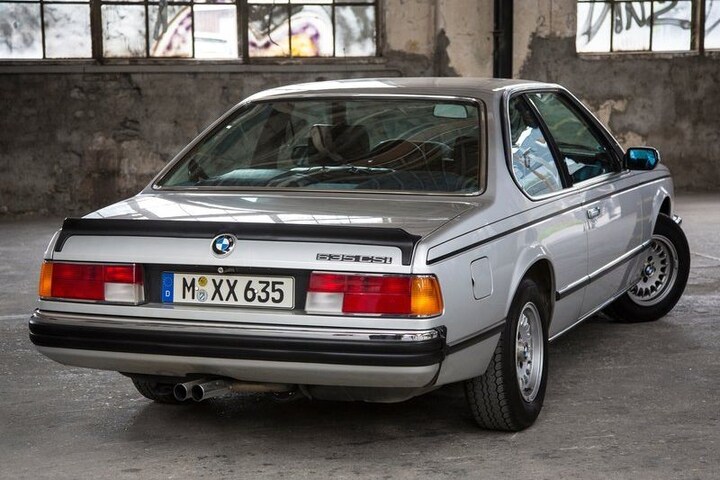
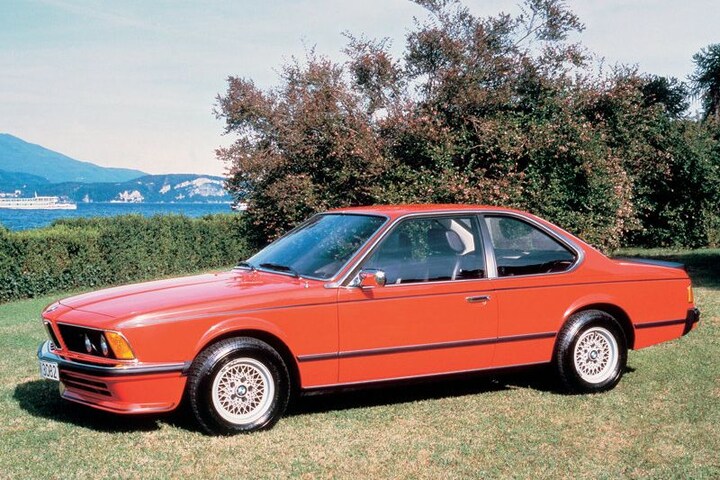
With its elegant and very dynamic outline, or A-line, the BMW M635i Coupe is clearly an impressive car. The silhouette defines the proportional character of any car and the A-line of the 635 makes its appearance clearly that of a BMW. The Sharknose – the forward leaning shape at the front – is an excellent part of this. With its negative slope of the surface of the grille and headlights, coupled with a pointed, tapered top view, this BMW design DNA element is recognizable among thousands. The coupe’s performance potential is emphasized through the dramatic, forward-leaning front profile.
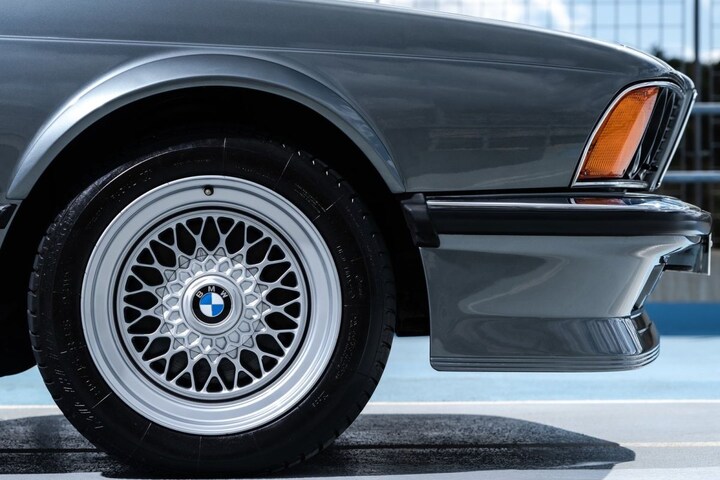

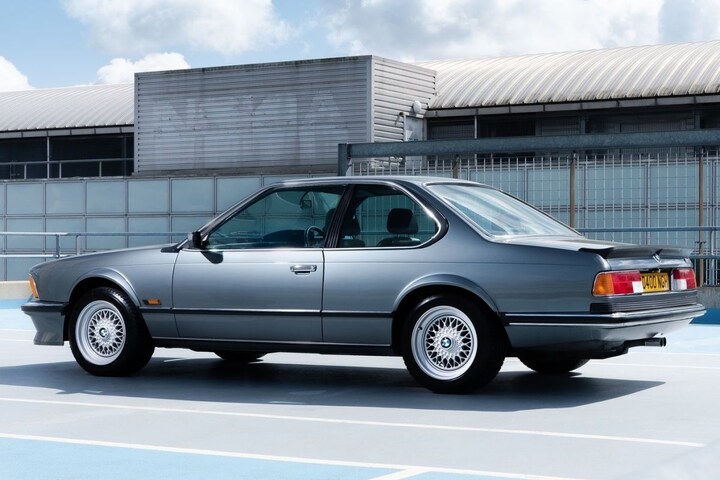
The body of the 6 Series is elegant and dynamic and therefore typically BMW. The proportional statement makes the E24 an excellent car design, because it is recognizable as typical BMW. The design is also technically well executed. With delicately applied chrome and dynamically designed surfacing. This car has a striking design with a strong stance and good BMW-worthy proportions. Everything shows the Freude am Fahren. The dash to axle ratio – or the amount of bodywork between the dashboard and the front axle – is considerable. It contributes to the pleasant proportions of the car. Especially because the overhang for the front axle is relatively small.

Despite the distinctness of the design, it is sufficiently sober and subtle to be equally clearly German. That is important: people buy a car partly because of their affinity with the culture of the builder. The 635 CSi has an elegance and precision of line, coupled with sublime build quality.
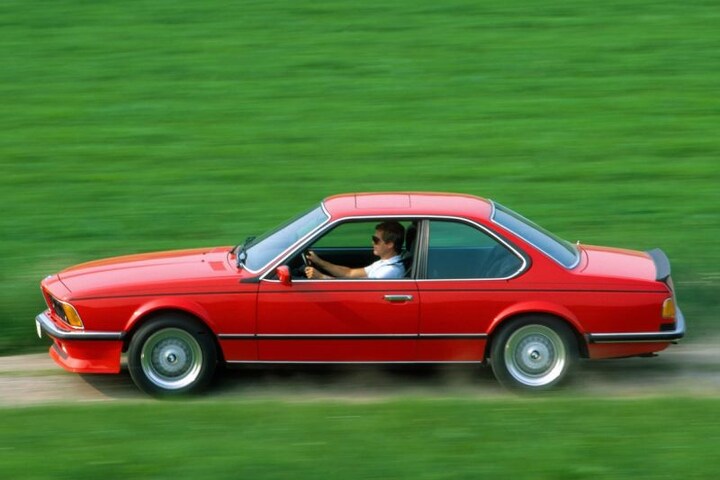
The A-pillar slopes sharply backwards and the chrome-framed DLO forms the – former – typical BMW C-pillar with the Hofmeister bend at the rear. Like the kidney grille, the Hofmeister kink is an essential BMW design element.
The beltline, the line between the body and the side windows, is placed low in the body for today’s standards. It gives the coupe more glass surface and makes the car look a bit too friendly from the side – typical for models from the late 1970s and also a problem with the E30 3 series. Below it is the character line, which until recently was typical of BMW. It runs from the sharknose to the taillight and is there for aesthetic purposes: the shape gives the E24 flank visual definition and a lot of length.

The down the road graphic of the 635 with its easy to identify twin round headlights. Even without LED daytime running lights, they provide distinctive character. A strong focus, a certain anger, is the typical BMW light signature.
Later, this DRG was applied by BMW as so-called Corona Rings, better known as Angel Eyes. This made BMWs easily recognizable in the dark.
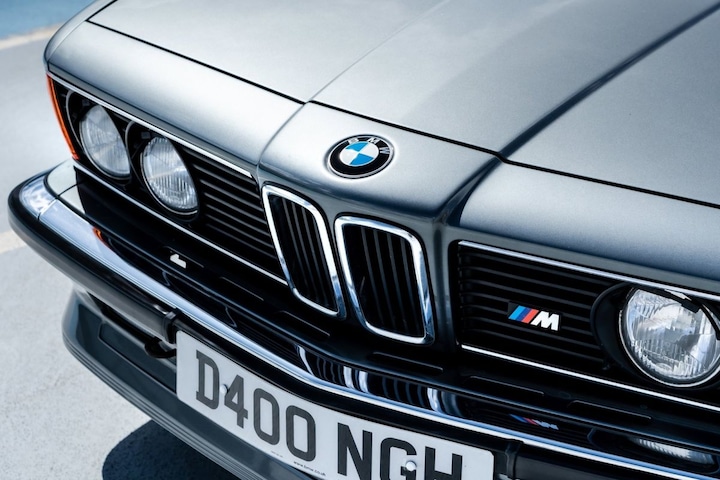
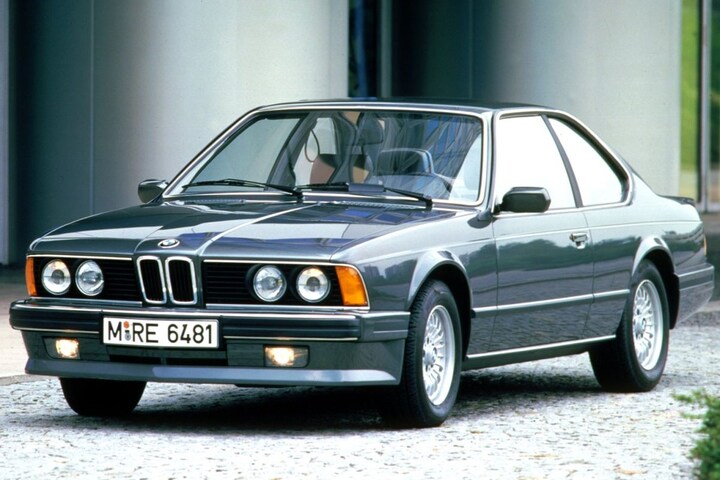
Compared to its predecessor, the beautiful classic E9, the E24 is clearly a more modern interpretation of the BMW design DNA. It was once possible, at BMW: to sign a worthy successor to a design icon.


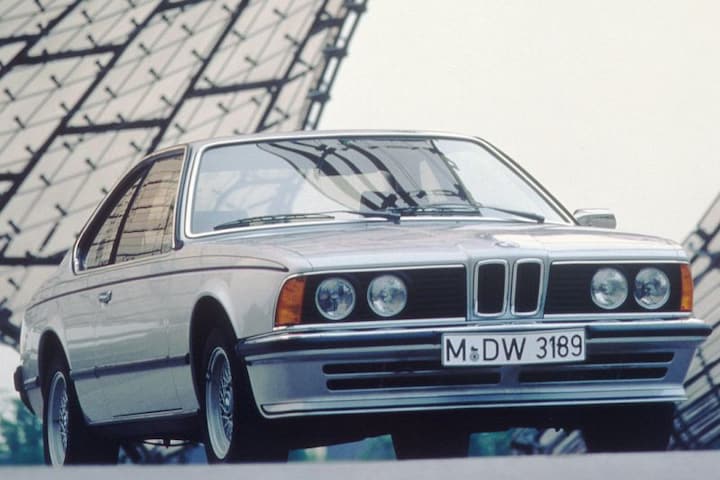
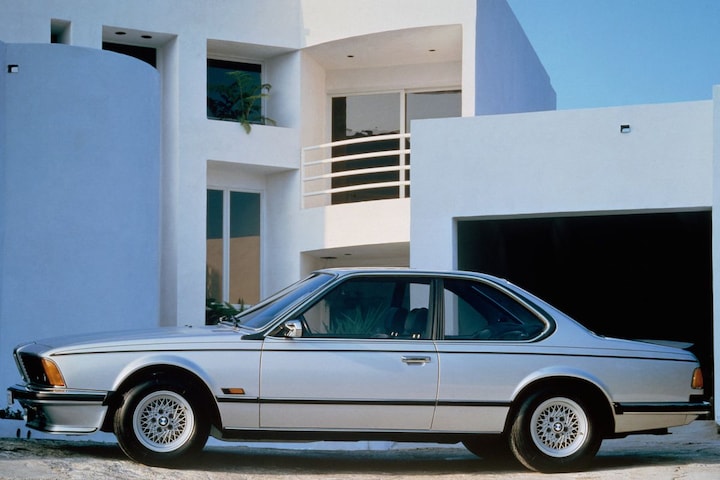

– Thanks for information from Autoweek.nl